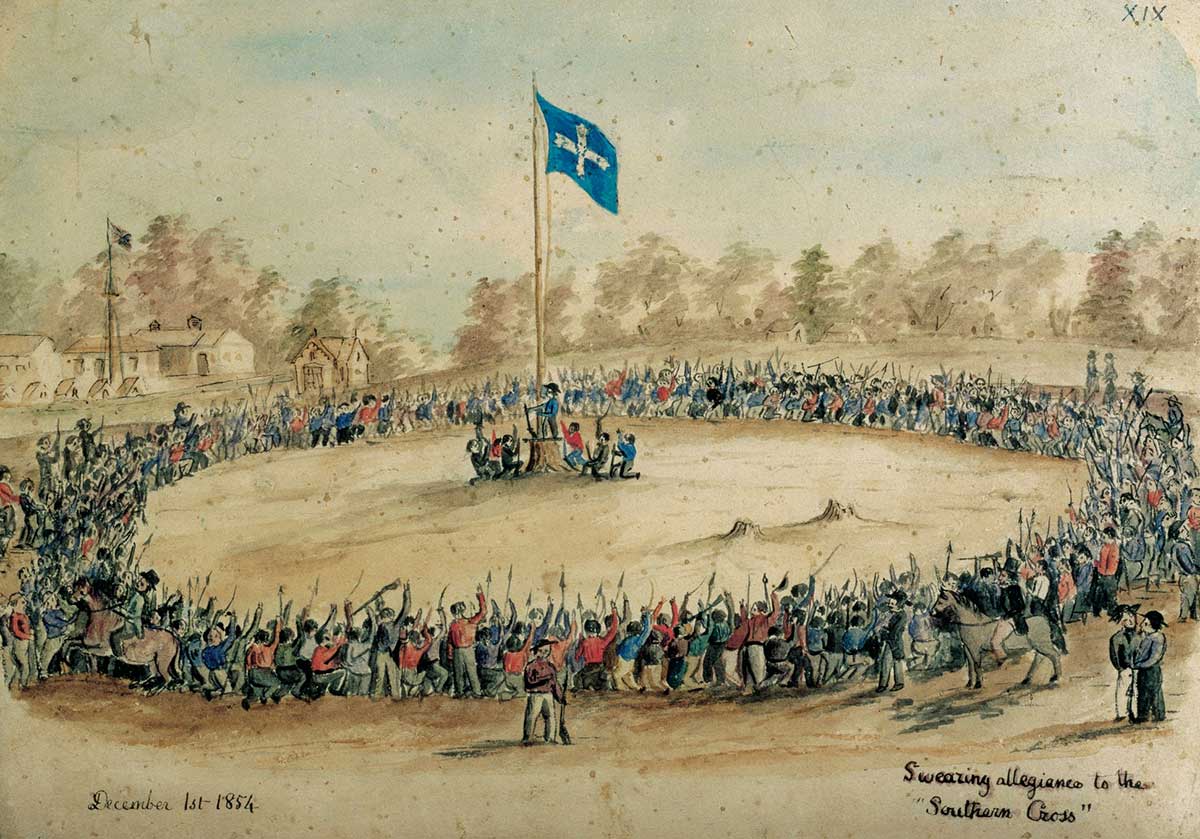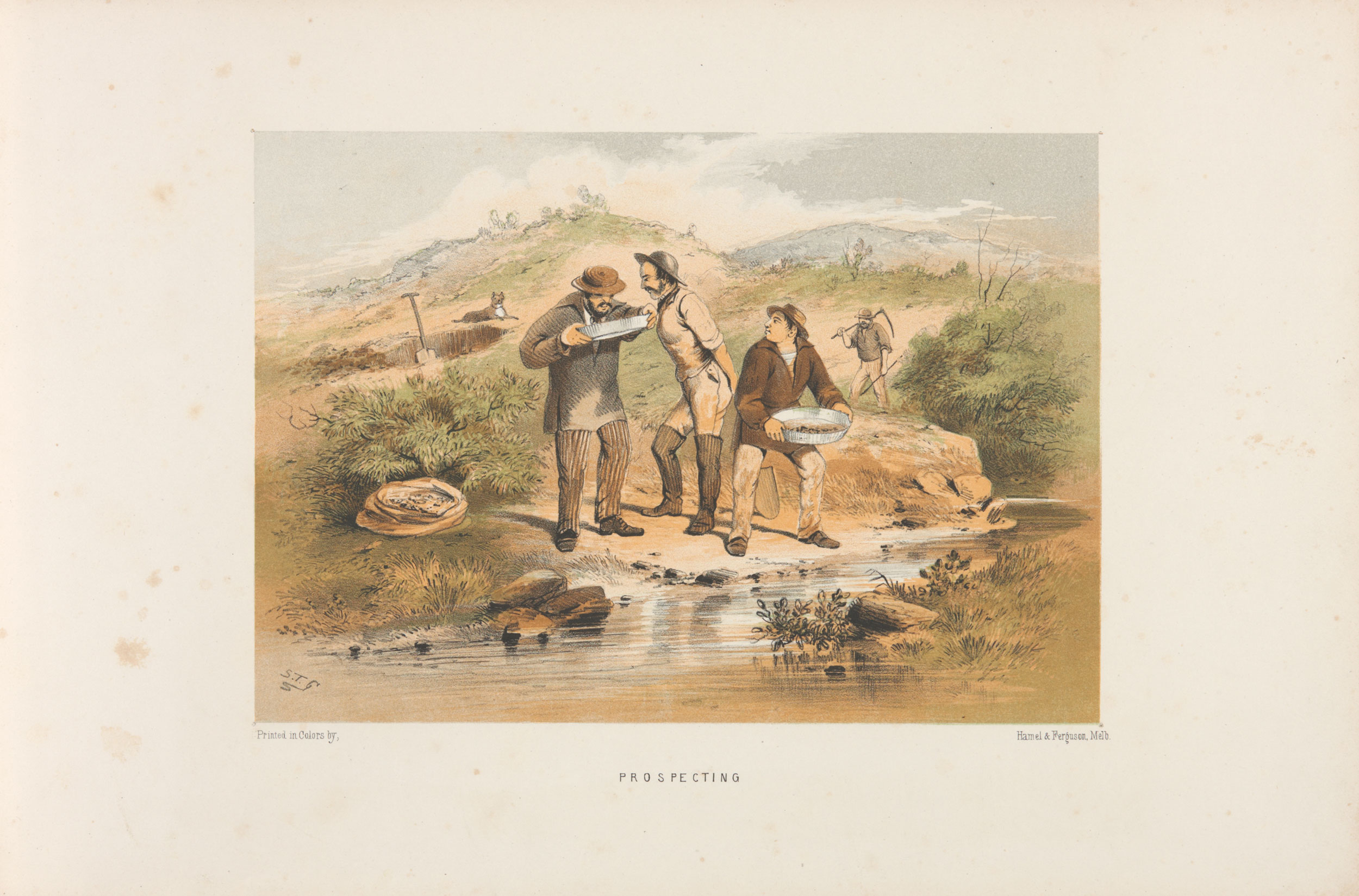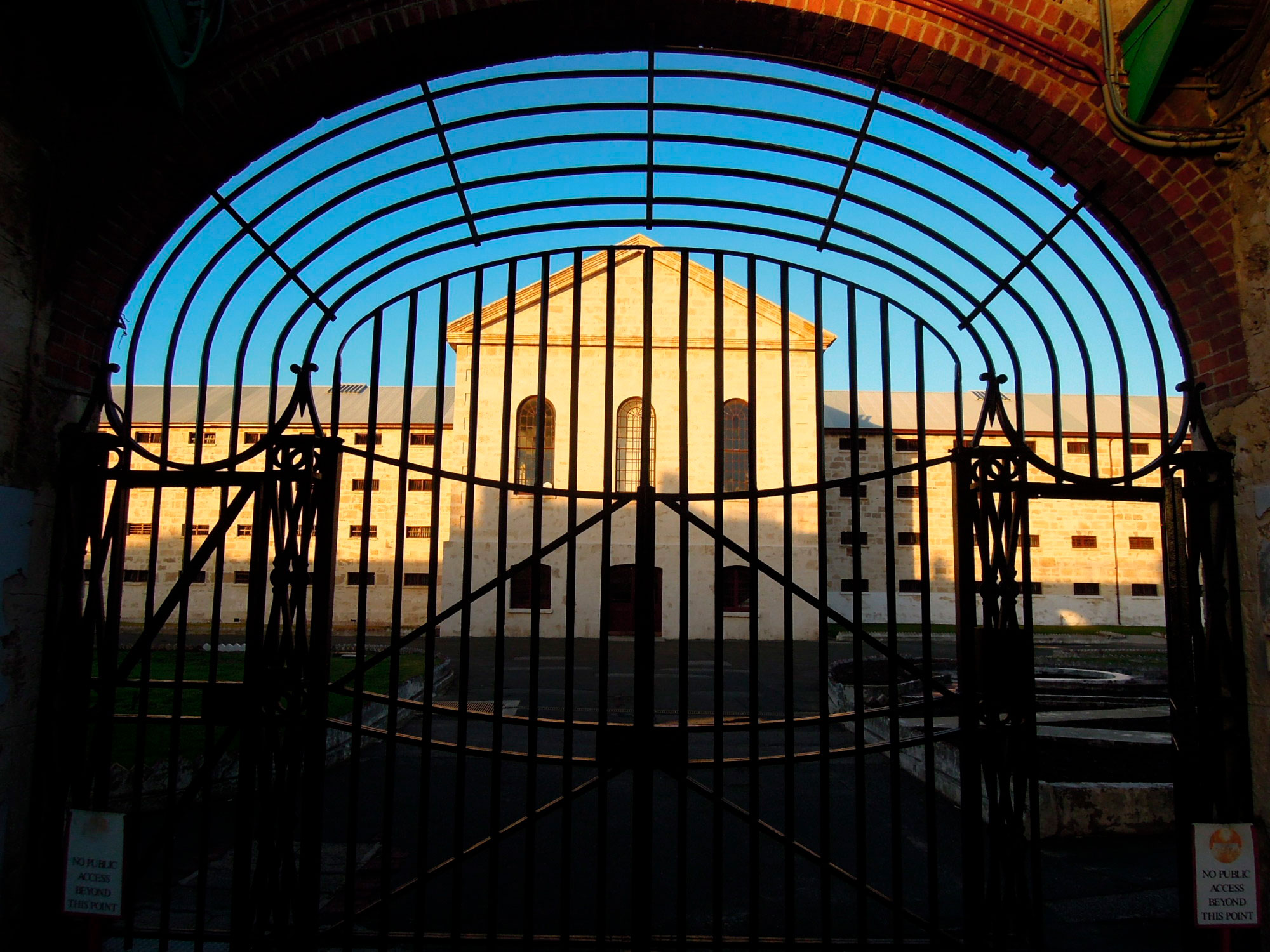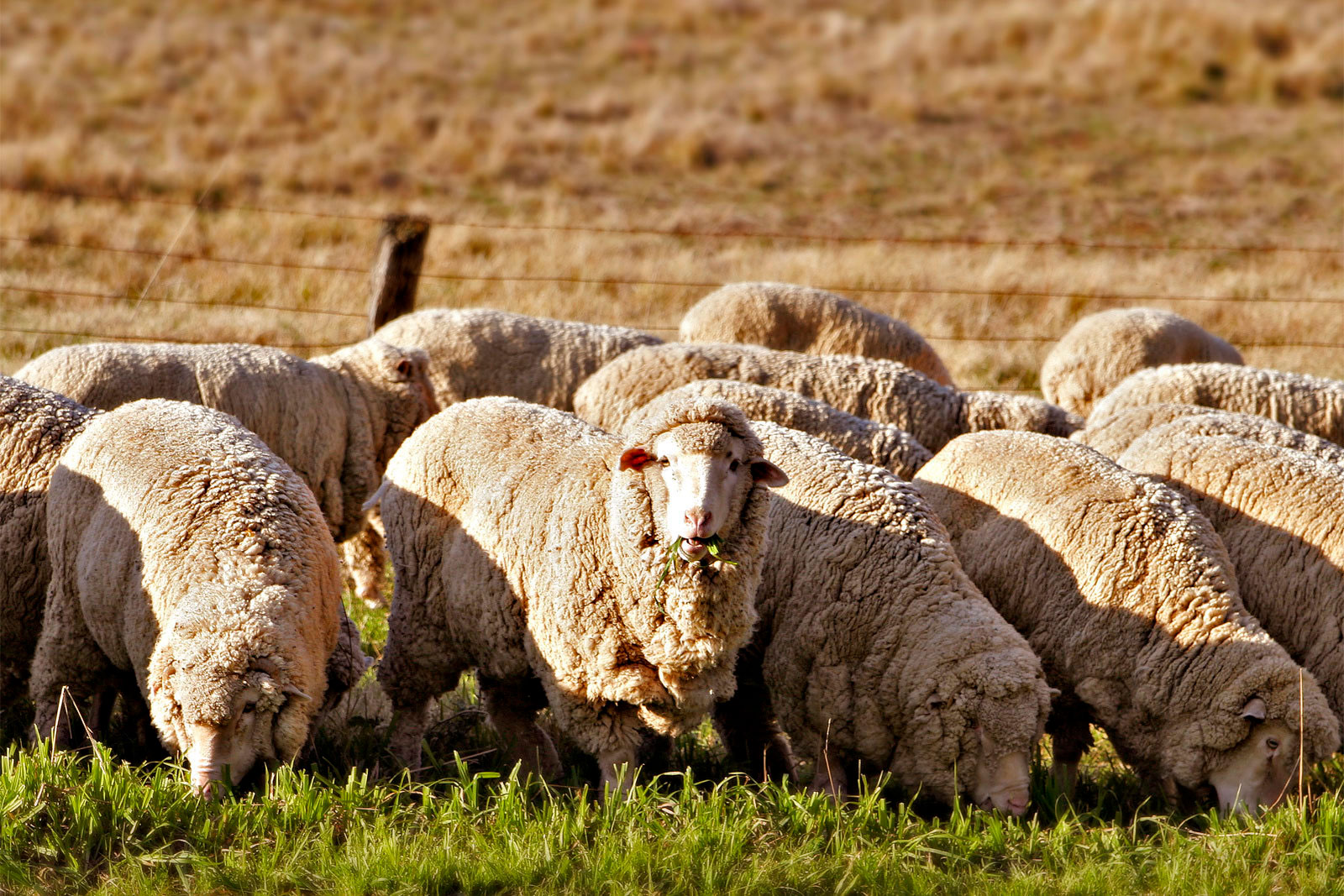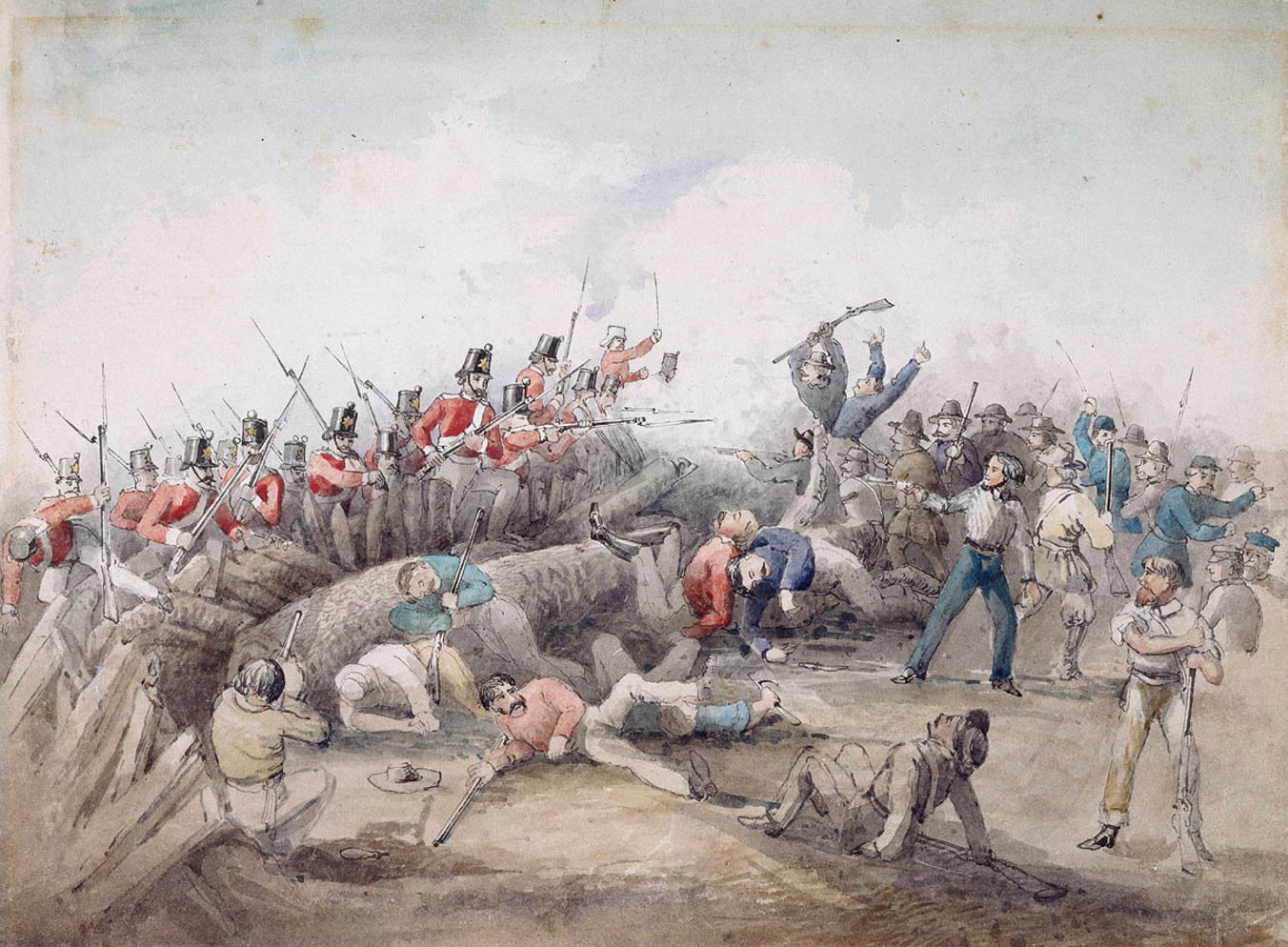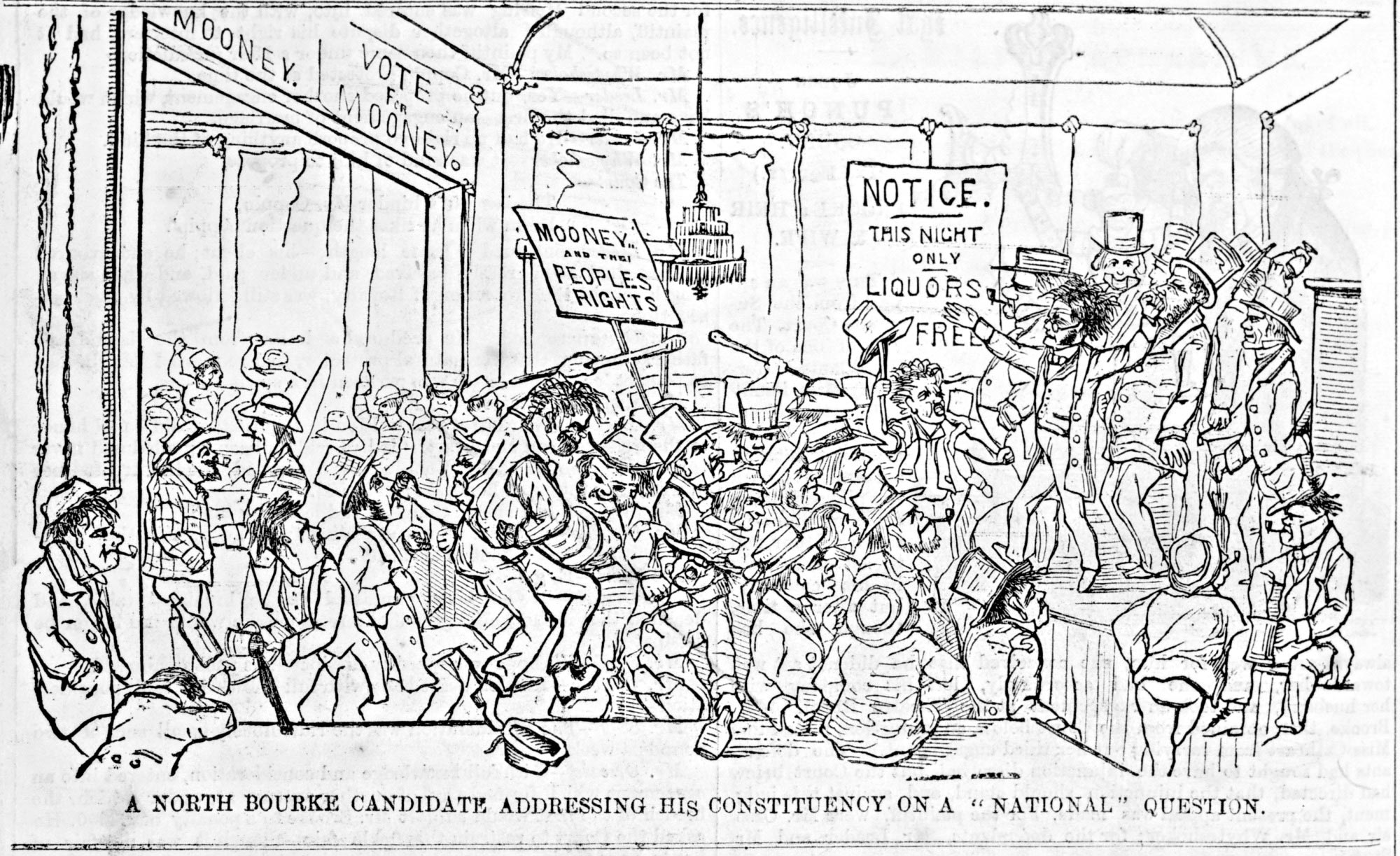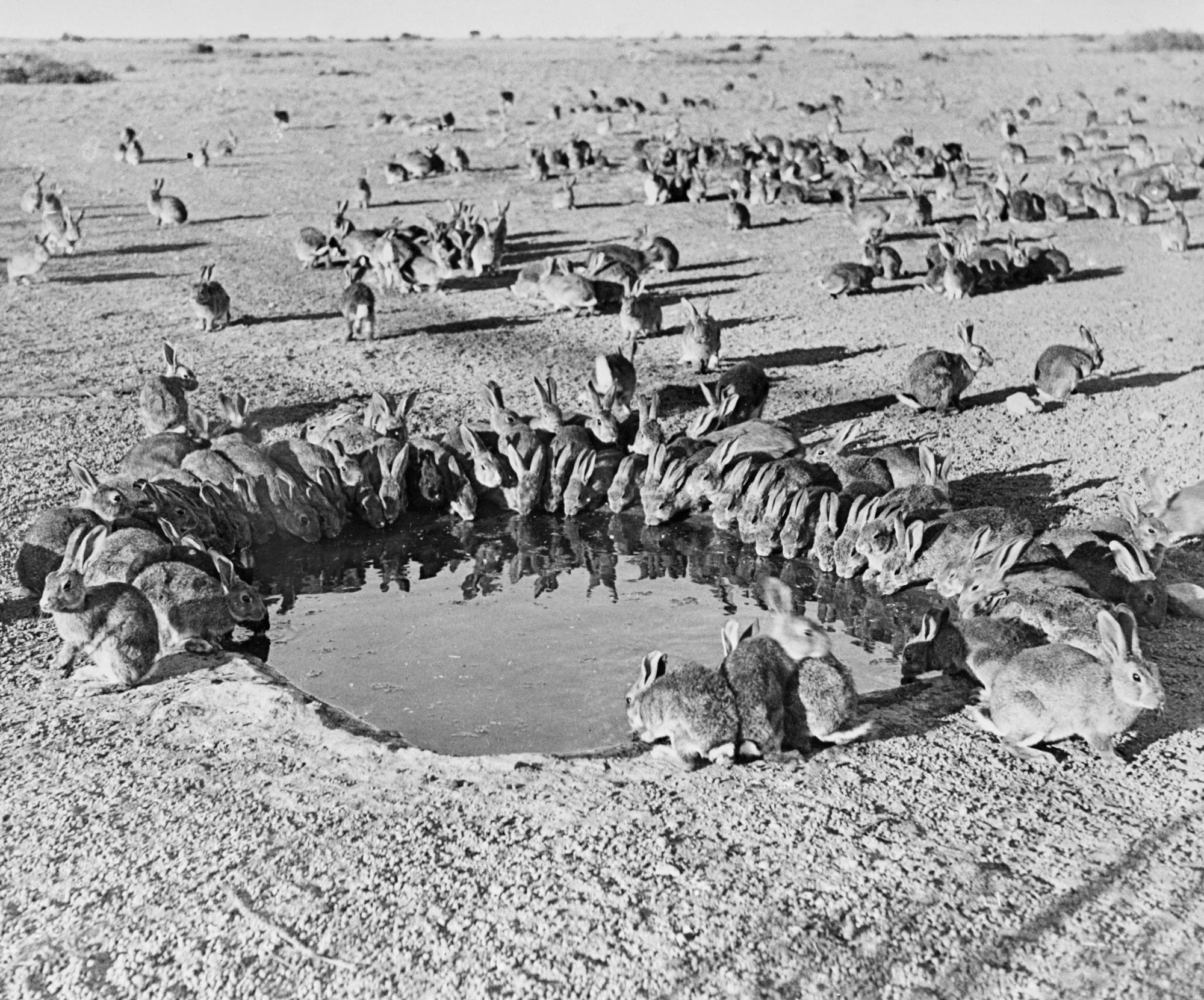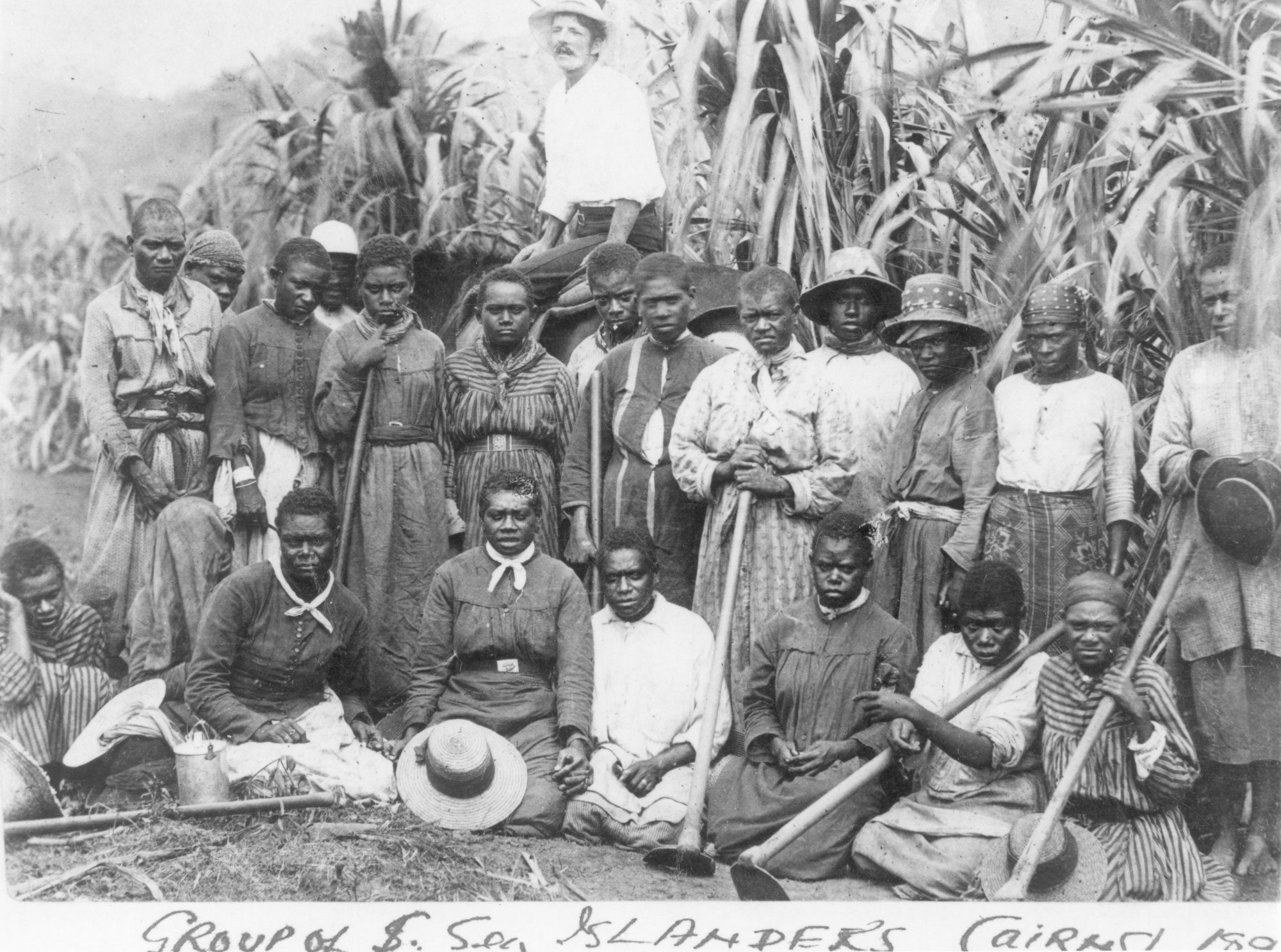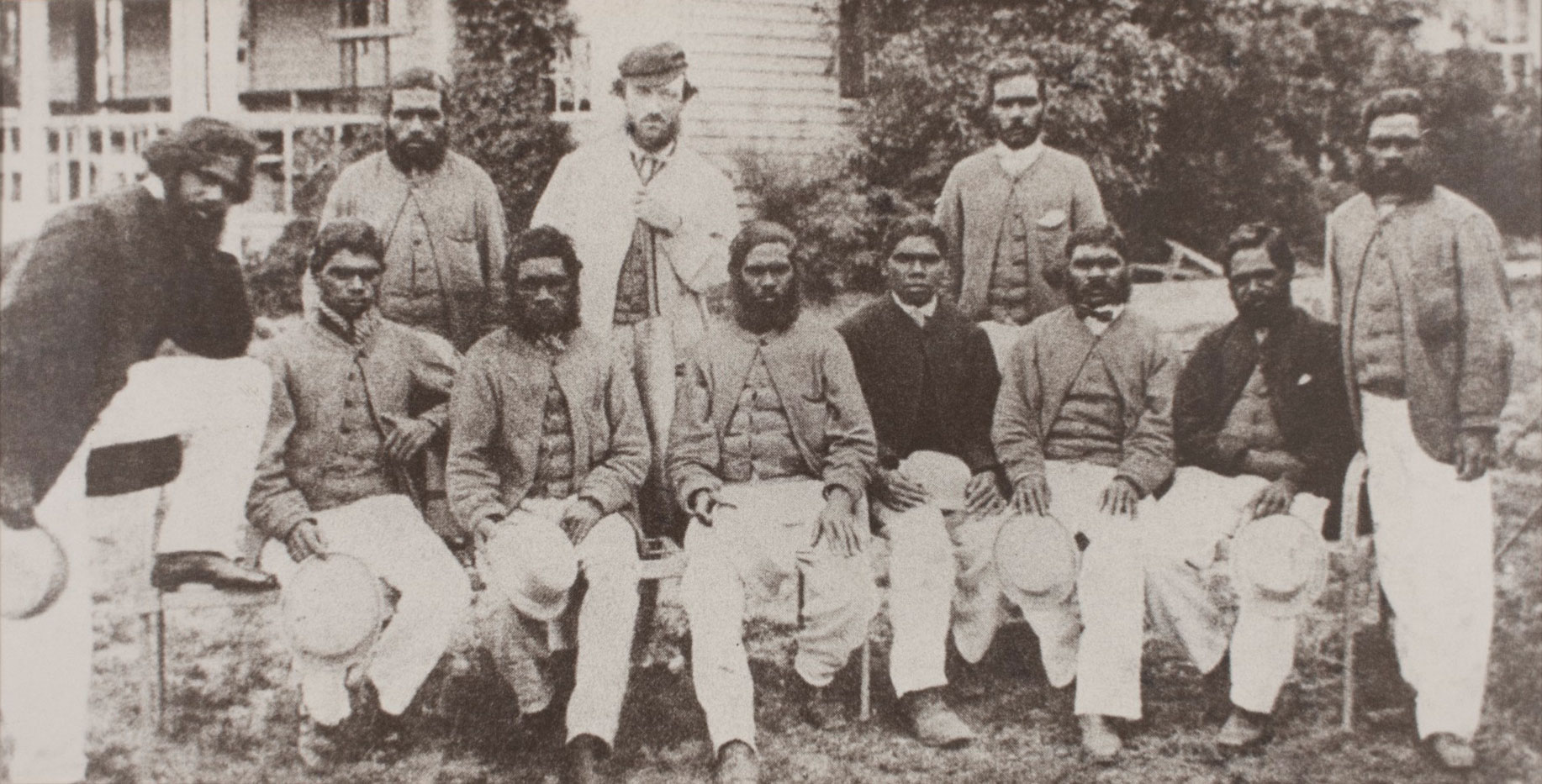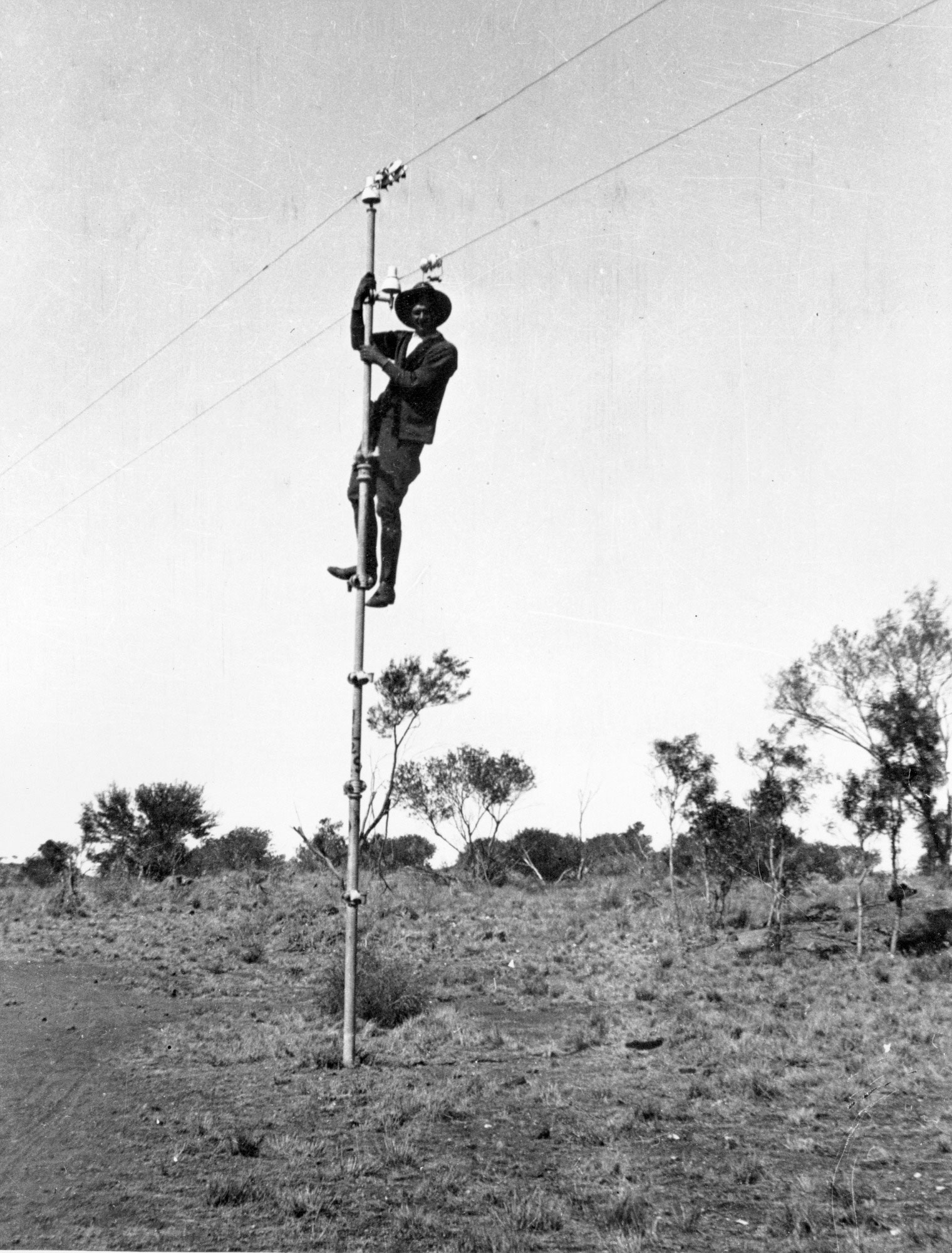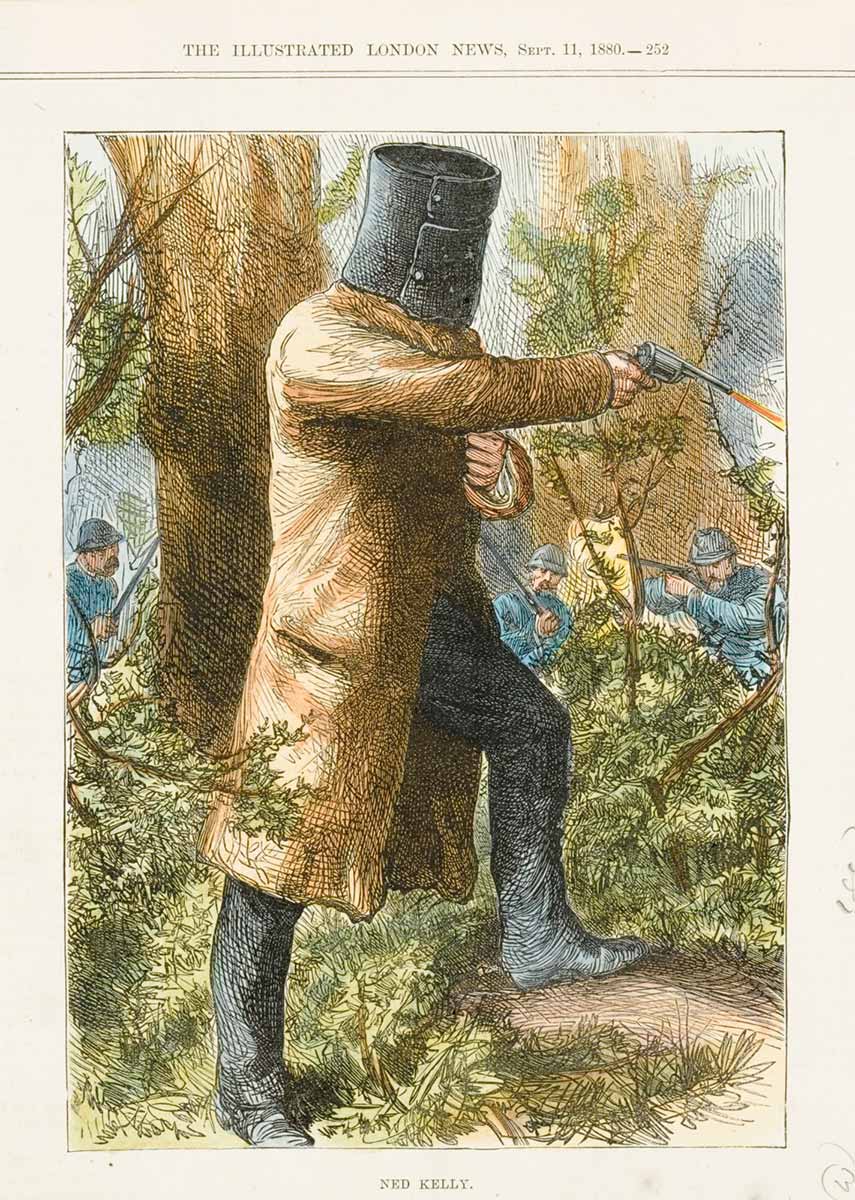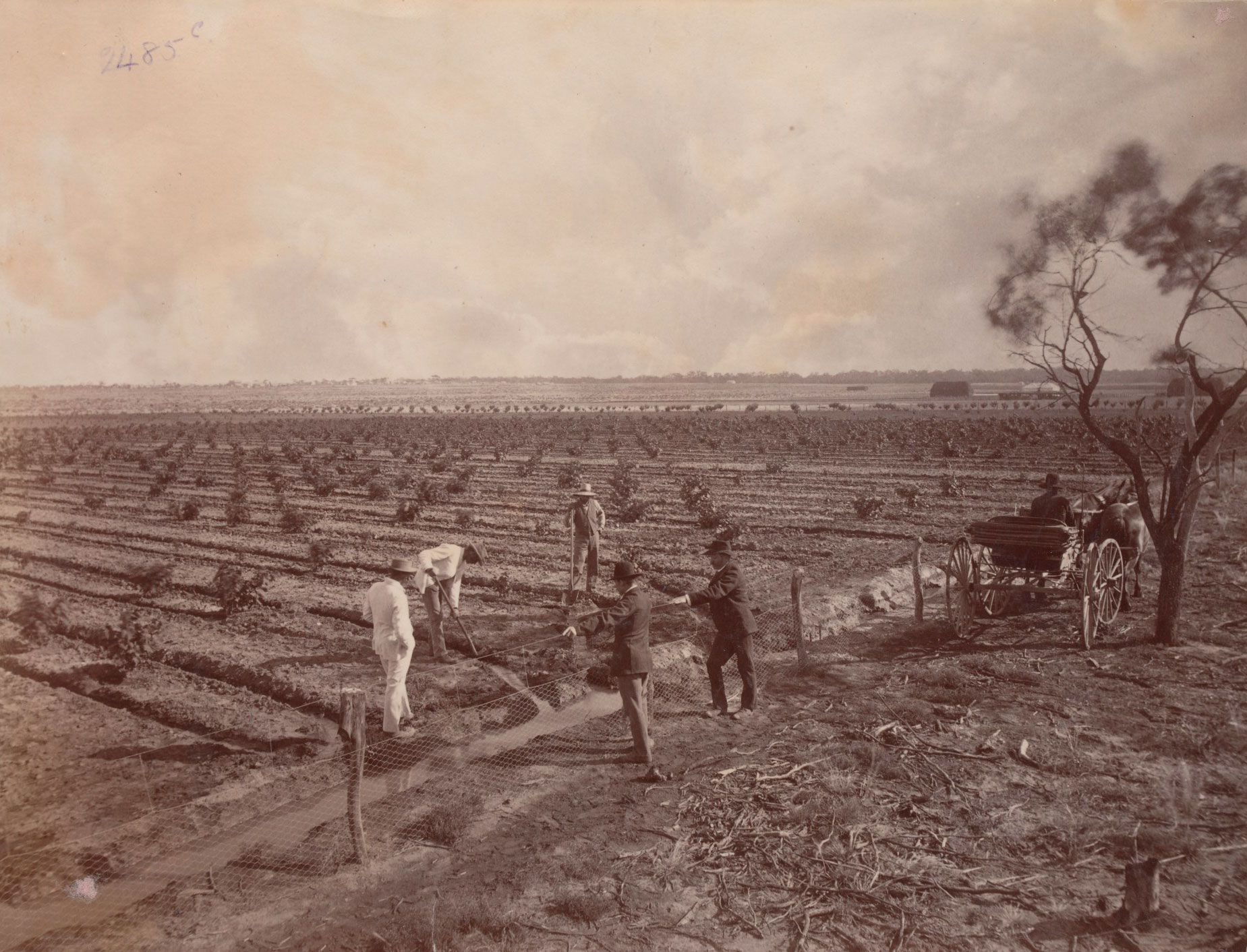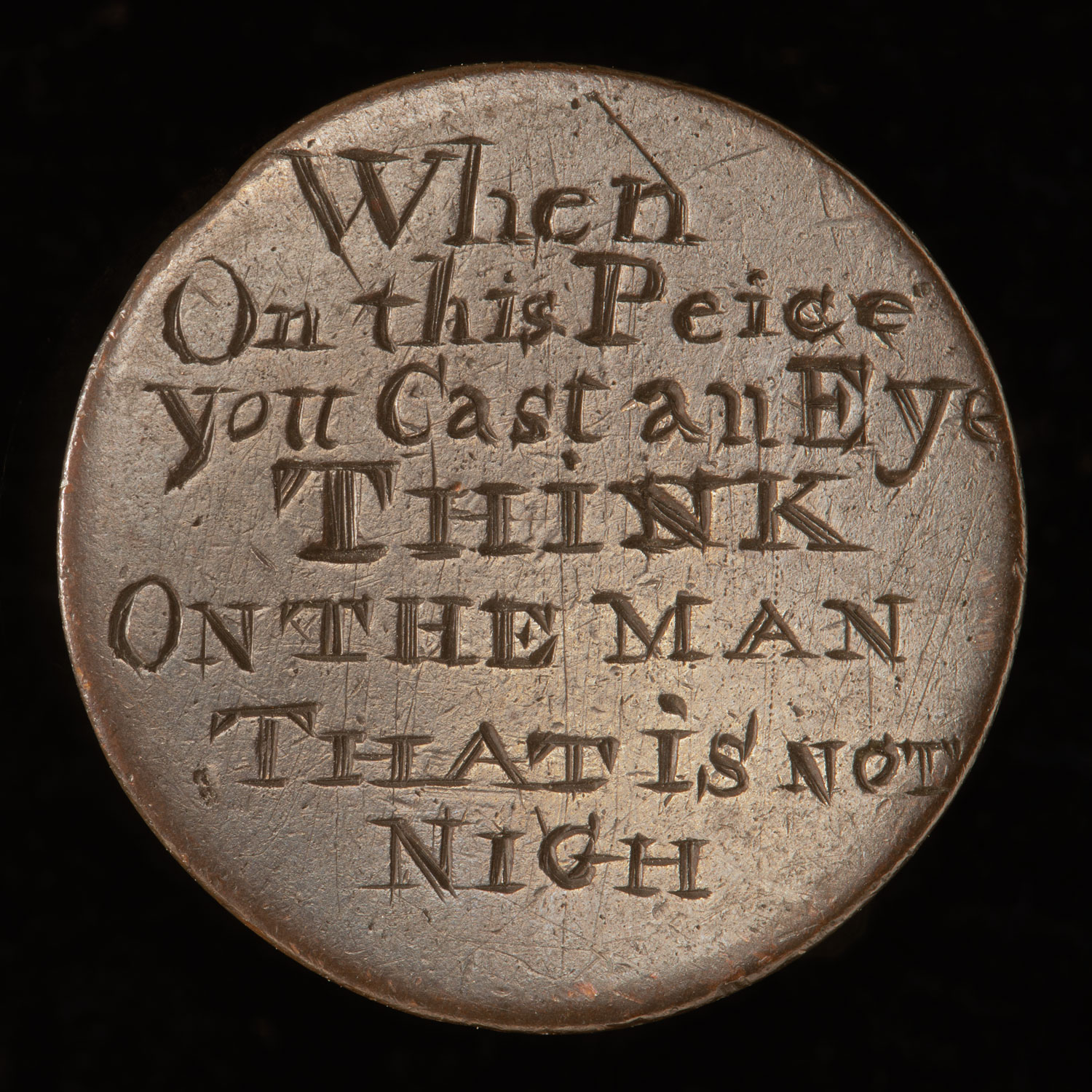Colonial Australia Defining Moments, 1788–1900
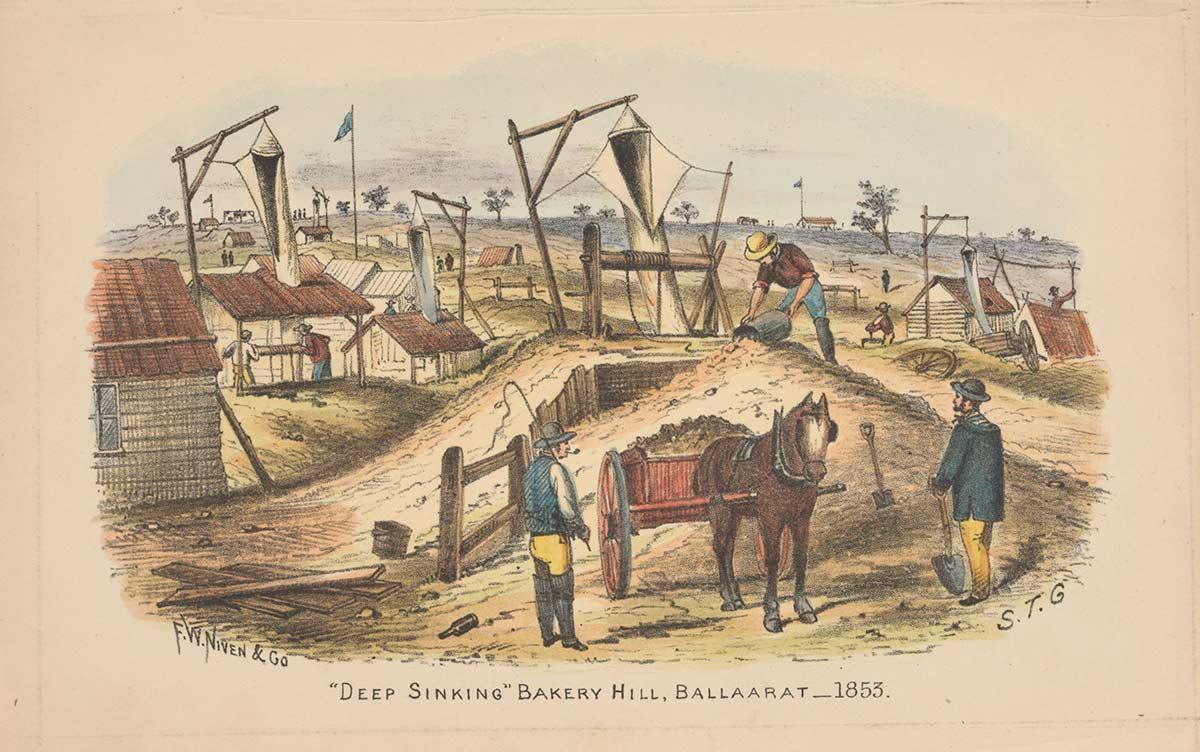
- Year level 5
- Investigations 1
- Activities 18
- Curriculum topic Colonial Australia
1. Overview of the learning module
Introduction
This learning module provides resources and classroom activities for teachers to use in their Australian Curriculum: Humanities and Social Sciences Year 5 classrooms. It supports the History knowledge and understanding strand, a study of colonial Australia in the nineteenth century.
The learning module focuses on two of the key inquiry questions in the history element of the curriculum:
- How did colonisation change the environment?
- What were the significant events and who were the significant people that shaped Australian colonies?
The learning module is self-contained, and can be used in any of the following ways:
- as a whole class activity with all students studying a number of Defining Moments in Australian History that help them understand aspects of Australia’s colonial history
- distributed between small groups, with students reporting back on their findings to the whole class
- as selected enrichment activities for individual students.
The investigations provide a rich digital resource for classroom use. They include contextual information, documents, images, scaffolded comprehension, analytical and extension questions, and individual, group and class activities. Using these materials and activities, students can explore aspects of twentieth century Australian history through text, images and objects.
The learning module has been designed to draw on the National Museum of Australia’s Defining Moments in Australian History, together with some supplementary resources. Students do not need to visit that site to complete this learning module as the featured Defining Moments information used is available on this site.
What constitutes a defining moment in Australian history, and why some issues and situations can be considered more significant than others, is an underlying theme that can be raised with students throughout the module.
Module snapshot
- Setting the scene
All students engage in the ‘tuning in’ activity, which asks them to ‘visit’ the nineteenth century, and answer questions about 20 significant historical events that reflect the material they will be covering in the curriculum. The activity introduces students to some of the features of the period, and will illustrate the different attitudes, values and perspectives that existed in the nineteenth century.
- Investigation 1
Students are presented with 13 significant events* in nineteenth century Australian history. These are self-contained and ready for classroom use. A teacher might ask one or several students to work on one of these and prepare a report to the class. In this way a wide range of events can be presented to the class.
The case studies involve students in limited amounts of reading, and the interpretation of visual and some written documents.
They all focus on the questions:
- What makes an event significant?
- What impacts have events had on people’s lives and the development of the nation?
The approach provides a template for students for their own further research if required.
* Note: there are other significant colonial period events included on the Defining Moments in Australian History timeline that you may like your students to explore. These could become part of your students' wider research into the colonial period.
- Bringing it together
At the end of the learning module students will be in a position to answer the two major inquiry questions set at the start of the learning module:
- What were the significant events and who were the significant people that shaped Australian colonies?
- How did colonisation change the environment?
There are also some fun final activities:
A multiple choice quiz that students can answer, showing their knowledge of the events covered in the learning module. They could also take this home and ‘test’ their family members.
2 Complete the sentence activities
Two drag and drop quizzes based on key words and information that students will have learned during their lessons.
3 Colonial Australia: Reflections
Three summary questions to help students to reflect on their learning.
- Other activities
In addition, teachers could have students make up their own activities. For example, students can be asked to create questions of their own from any activities/turning points in the learning module. This could be done at the end, or periodically during a set of lessons. They could use a variety of question types:
- true/false (at least one of each type)
- short answer
- long answer
- ‘where am I’ question
- ‘what am I’ question
- ‘who am I’ question.
For bonus points they could be asked to add questions which ask ‘Can you give reasons for two sides of an argument about events in Australian history?’ For example: ‘The Eureka Stockade could be argued as…
(i) struggling miners rebelling against unfair fees and taxes imposed on people in horrible conditions, or
(ii) a bunch of often inconsiderate and rude people who were out to get rich quick, but unwilling to help fund the schools, roads, hospitals, police and other things they needed’
2. Student activities
Student activities
Setting the scene
Investigation 1: What made us who we are today? Significant events in Australian history in the 1800s
Bringing it together
3. Relevant Defining Moments in Australian History
The learning module draws on the Defining Moments in Australian history, together with supplementary materials. Defining Moments that are relevant to the different inquiry questions in the curriculum include:
|
1788 |
Exile or Opportunity? The First Fleet arrives at Sydney Cove |
||||
|
1797 |
|||||
|
1833 |
|||||
|
1838 |
|||||
|
1851 |
|||||
|
1854 |
|||||
|
1856 |
|||||
|
1859 |
|||||
|
1863 |
‘It was a form of slavery’ — First indentured Islander labourers |
||||
|
1868 |
|||||
|
1868 |
|||||
|
1872 |
|||||
|
1880 |
|||||
|
1887 |
|||||
|
1894 |
A world first for women — Women granted the vote in South Australia |
||||
Note: Longer versions of the Defining Moments are available on the National Museum of Australia’s Defining Moments in Australian History site.
4. Australian Curriculum level and focus
Historical knowledge and understanding
Students will cover the following areas:
- Reasons (economic, political and social) for the establishment of British colonies in Australia after 1800 (ACHASSK106)
- The nature of convict or colonial presence, including the factors that influenced patterns of development, aspects of the daily life of the inhabitants (including Aboriginal Peoples and Torres Strait Islander Peoples) and how the environment changed (ACHASSK107)
- The impact of a significant development or event on an Australian colony (ACHASSK108)
- The reasons people migrated to Australia and the experiences and contributions of a particular migrant group within a colony (ACHASSK109)
- The role that a significant individual or group played in shaping a colony (ACHASSK110)
Historical skills
Students will exercise the following historical skills:
Questioning
- Develop appropriate questions to guide an inquiry about people, events, developments, places, systems and challenges (ACHASSI094)
Researching
- Locate and collect relevant information and data from primary sources and secondary sources (ACHASSI095)
- Organise and represent data in a range of formats including tables, graphs and large- and small-scale maps, using discipline-appropriate conventions (ACHASSI096)
- Sequence information about people’s lives, events, developments and phenomena using a variety of methods including timelines (ACHASSI097)
Analysing
- Examine primary sources and secondary sources to determine their origin and purpose (ACHASSI098)
- Examine different viewpoints on actions, events, issues and phenomena in the past and present (ACHASSI099)
- Interpret data and information displayed in a range of formats to identify, describe and compare distributions, patterns and trends, and to infer relationships (ACHASSI100)
Evaluating and reflecting
- Evaluate evidence to draw conclusions (ACHASSI101)
- Work in groups to generate responses to issues and challenges (ACHASSI102)
- Use criteria to make decisions and judgements and consider advantages and disadvantages of preferring one decision over others (ACHASSI103)
- Reflect on learning to propose personal and/or collective action in response to an issue or challenge, and predict the probable effects (ACHASSI104)
- Present ideas, findings, viewpoints and conclusions in a range of texts and modes that incorporate source materials, digital and non-digital representations and discipline-specific terms and conventions (ACHASSI105)
Interdisciplinary thinking
Students will have engaged with the concepts of:
- significance
- continuity and change
- cause and effect
- place and space
- interconnections
- roles, rights and responsibilities
- perspectives and action.
Cross-curriculum priorities
Students will have been involved in additional learning about aspects of:
- Aboriginal and Torres Strait Islander societies
- Asia and the Pacific
- sustainability
Source: The Australian Curriculum Humanities and Social Sciences v8.3, December 2016, viewed 1 November 2018
5. History outcomes matrix
All case studies in the learning module have been designed to help students develop the knowledge and skills outcomes specified in the Australian Curriculum — HASS/History. At the end of each case study teachers could use this matrix to help guide student discussion about what they have achieved from the case study. The matrix is suitable to be used from Years 5–10, but with teachers guiding the discussion as appropriate to the particular class. It could also be used for assessment purposes.
| Outcome | Elaboration or Explanation | Applying this to each case study |
|---|---|---|
| KNOWLEDGE | Comprehending what happened factually. | What happened? |
| UNDERSTANDING | Being able to explain what happened and why. | Explain why it happened. |
| CHRONOLOGY | Knowing how events occurred in time and place. | Explain how events unfolded. |
| CAUSE AND EFFECT | Understanding why events occurred as they did and the impacts or effects they had. | Explain the causes of the event and its impacts. |
| EMPATHY | Looking at events from the different perspective of participants. | Why do you think people at the time might have behaved in this way? |
| CHANGE AND CONTINUITY | What changed and what remained the same after the event. | Explain how the event changed some aspects, but not others. |
| VOICE OR AGENCY | Understanding whose voice or perspective is included and excluded in the record of the event. | Which people or groups involved in, or affected by, the event have been represented? Which groups have not yet been represented? |
| JUDGEMENT | Deciding on the benefit or harm created by the event. | Explain why you think the event was beneficial or harmful, or both. |
| SIGNIFICANCE | Explaining why it might be considered a ‘Defining Moment’ in Australian history. | Do you think it was a significant and impactful event? Explain why you do or do not think this event is significant to Australian history. |
6. Learning at the National Museum of Australia
Enjoying our online teaching resources? Why not check out what else we have to offer?
We run onsite school programs, digital excursions and teacher professional learning programs.
Discover more about defining moments in Australian history through these curriculum-linked learning activities.






